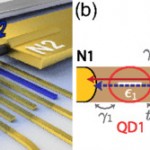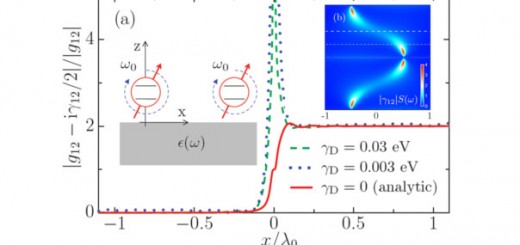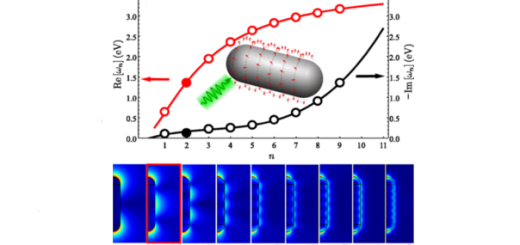Quantum Interference in a Cooper Pair Splitter Makes Entanglement Production Plausible
 Article: published in Physical Review Letters by Fernando Domínguez and Alfredo Levy Yeyati, Department of Theoretical Condensed Matter Physics and IFIMAC researchers.
Article: published in Physical Review Letters by Fernando Domínguez and Alfredo Levy Yeyati, Department of Theoretical Condensed Matter Physics and IFIMAC researchers.
In superconductors the electrons occur only in pairs, the so-called Cooper pairs. The electrons in these pairs are (spin) entangled, a quantum mechanical property that is at the heart of any prospective technology that exploits quantum mechanical effects. It was shown recently that these electrons can be separated into two parallel small islands, so-called quantum dots, through which only single electrons can pass at a time. This process is generally known as Cooper pair splitting. But are these electrons potentially useful? Or are the quantum correlations lost already on the dots due to decoherence? Before the experiments and theoretical modeling by Fülöp et al., this question could be answered only by hand-waving arguments and it was not clear for what transport features one should look out. In the present article Fülöp et al. come one step closer to answering these questions: the authors demonstrate interference effects in a Cooper pair splitting device, a clear indication of (spatial) coherence. The use of Niobium as the superconductor allows the authors to tune electron levels not accessible for ordinary electrical gates, and to explain their data they introduce a conceptually new model of such a device. These results are relevant from a fundamental point of view, but also demonstrate the first Cooper pair splitting experiments at large magnetic fields. [Full article]



















